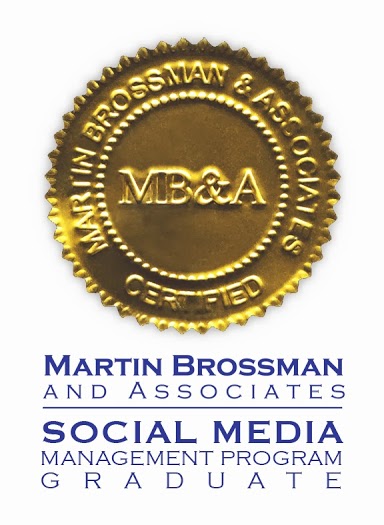Post a Portfolio of Your Work to Linkedin
Linkedin is not a very image-friendly application. If you are successfully displaying your work on any of the portfolio sites including Pinterest, you may not need to worry about Linkedin. However, lots of professionals use the site, and adding either or both of the two portfolio display options to your profile doesn’t take very long.
Behance Creative Portfolio Display
If you already maintain a portfolio at Behance, link to it using the Creative Portfolio Display application (More / Get More Applications / scroll — on my account, Behance is #10).
Behance is the portfolio engine for Pantone, BTW.
SlideShare
At the time of this blog post, you can’t open a SlideShare account through Linkedin directly. (Check under More / Add more applications / Slide Share.) You can create a free account at SlideShare, and then link a presentation to your Linkedin Profile (as well as share it in your updates and groups).
Use MS PowerPoint or your choice of presentation software (most formats are supported) to create a deck with images of your work.
Think about a useful file name if you are going to allow downloading. Once files are downloaded, they are easily lost if the file name is something like “Portfolio 2012.” Use your own name and useful search terms to help viewers find the file again. (Put contact information in the header or footer of each slied, as well.)
Add captions and watermarks as needed. Load your portfolio presentation to SlideShare, and then let your network and groups know, as appropriate.





Follow Us!